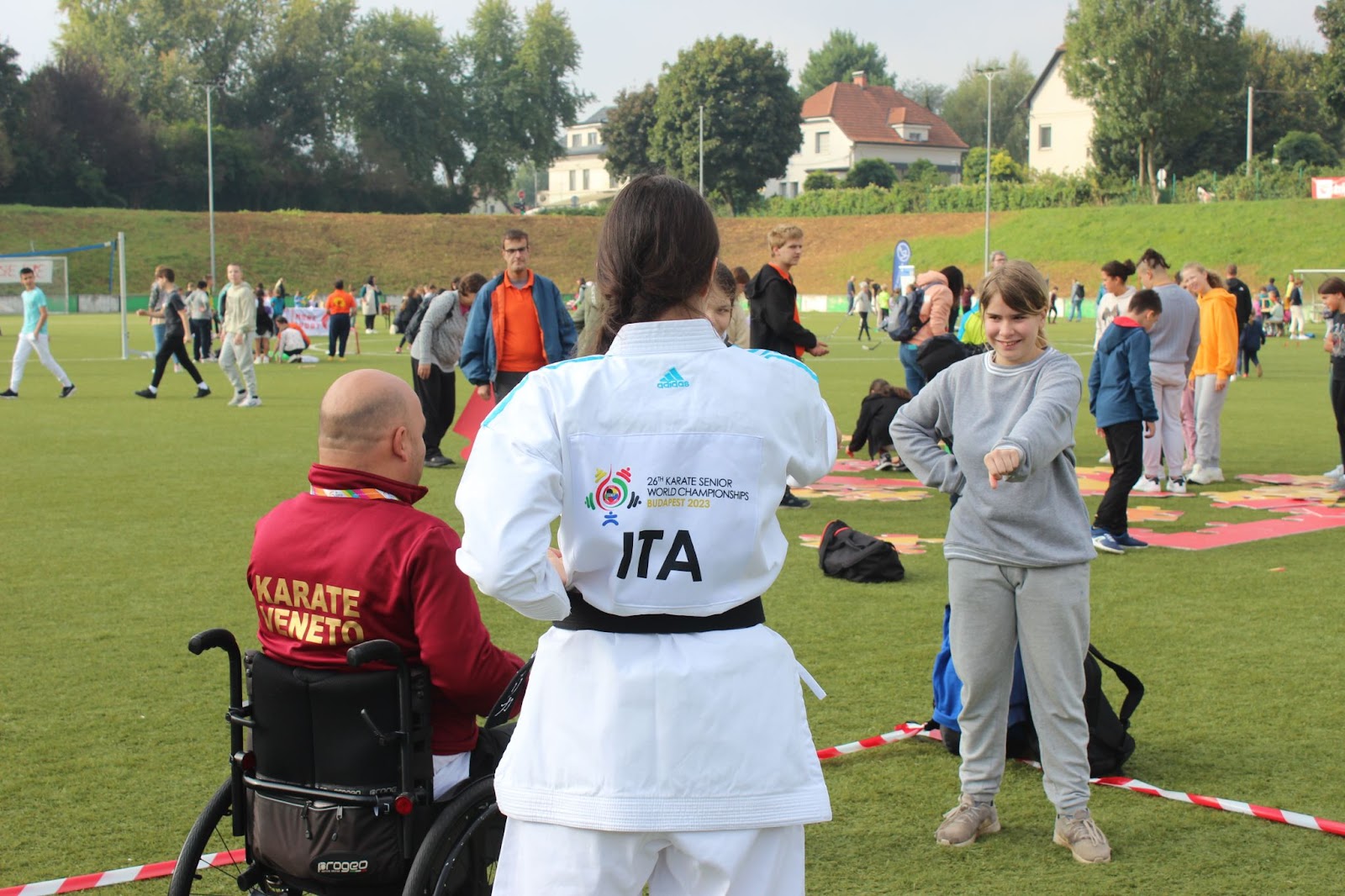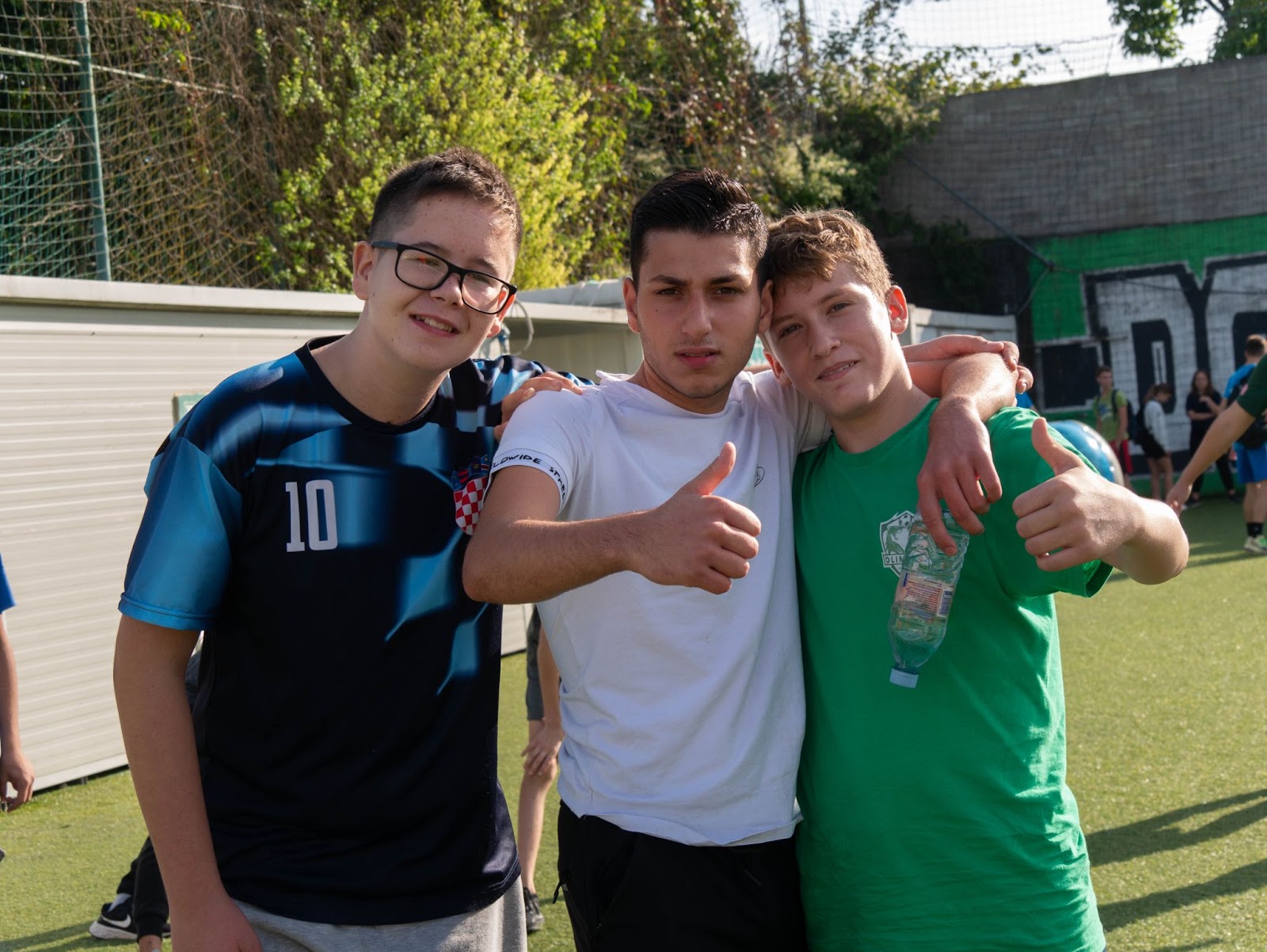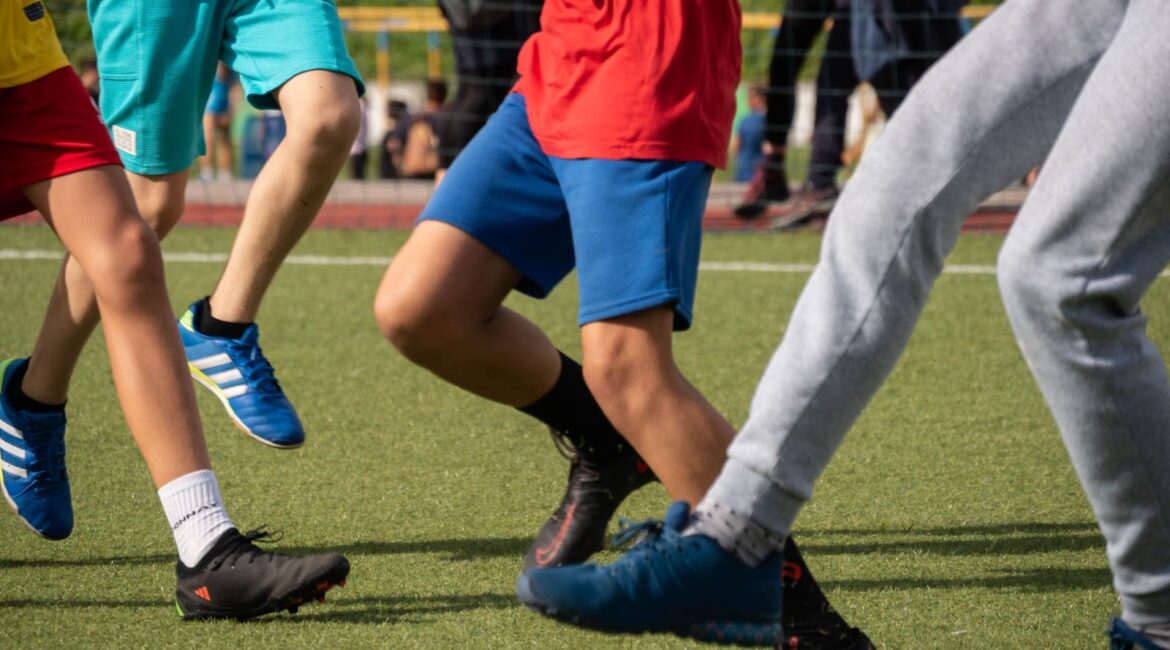Sport is more than a competition or a final score — it is a powerful tool for building relationships, communities, and mutual understanding. At its best, sport creates environments where people feel seen, accepted, and connected. For children and youth from migrant backgrounds, this can be the key to successful integration into a new culture and society.
Movement as a Human Need
Physical activity is a basic human need, closely tied to health, well-being, and social development. Research has shown that regular participation in sport during childhood and adolescence is strongly linked to a healthy lifestyle later in life. But sport doesn’t only build physical strength — it also strengthens social and emotional resilience. When children play together, they learn about cooperation, patience, and empathy. They learn to support others and to trust themselves.
For migrant children, who often face additional challenges such as language barriers, social isolation, and cultural displacement, sport can offer a unique space where inclusion happens not through words, but through action and shared experience. The football field, the basketball court, or the playground becomes a place where differences are less important than the game itself.
The Social Power of Sport
Sport is inherently social. Whether you’re playing, cheering, coaching, or simply observing, sport draws people together. It encourages collaboration and creates a sense of belonging. When organized intentionally, sports activities become a strong socialization tool, allowing children to learn the unwritten rules of teamwork, mutual respect, and social behavior.
Even in spontaneous, unstructured play, children develop social and emotional competencies that are essential for navigating society. These include turn-taking, conflict resolution, encouragement of peers, and group cohesion. For children from migrant families, these shared experiences can build bridges — between cultures, between individuals, and between communities.
However, sport is not automatically inclusive. In some cases, competitive or elite-focused sports environments can become exclusive and alienating. Children who do not meet certain physical standards, cannot afford training fees, or feel culturally or socially out of place may be excluded. That’s why it’s essential to consciously shape sports programs to be welcoming and inclusive to all.
Language Learning Through Play
Play is one of the most natural and effective contexts for language learning. When children engage in games, they are highly motivated and emotionally involved. The need to follow instructions, cooperate with peers, or celebrate a shared win creates genuine opportunities for communication — both verbal and non-verbal.
In sports activities, language is used in a practical, meaningful way. Children learn action-oriented vocabulary, common phrases, and social expressions. Even if a child speaks little or no local language, they can still take part — through movement, imitation, and non-verbal signals. Over time, this builds confidence and reduces the fear of making mistakes.
Sport can thus serve as a safe environment for dynamic, experience-based language learning — without the pressure of a classroom.

Group Dynamics and Belonging
The feeling of belonging is a psychological need for every human being. For children and youth with migrant backgrounds, gaining this sense of belonging in a new environment can be difficult. Well-structured sports activities, led by empathetic mentors, can create inclusive group dynamics that meet this need.
Researchers distinguish between two types of social capital in group settings: bonding (strong ties within a similar group) and bridging (connections across diverse backgrounds). While bonding strengthens loyalty and group identity, it can also create exclusion for outsiders. Bridging, on the other hand, thrives in heterogeneous groups, where participants come from different backgrounds, and where diversity is seen as an asset.
In such diverse environments, children develop broader perspectives, learn from each other, and create connections that reach beyond their immediate group. These connections are critical for long-term integration and social inclusion — both for migrant children and their peers.

The Role of Mentors
The success of sport-based inclusion programs relies heavily on mentors — coaches, educators, and facilitators who understand the social potential of sport. These adults must actively shape the environment to ensure it is emotionally safe, culturally sensitive, and socially empowering.
Mentors should encourage fair play, cooperation, and respect for differences. Activities should be designed to give every participant a sense of agency and success, regardless of skill level. In group work, mentors help balance power dynamics and support positive team spirit — what some call “team chemistry.”
When done well, sport becomes more than recreation — it becomes a space where identities are explored, social bonds are formed, and confidence is built.
Sport as a Path to Integration
For migrant children and youth, the process of integration is often filled with obstacles — from language barriers to social exclusion. Sport alone cannot solve these issues, but it can significantly ease the journey. It offers a familiar, global language — one of movement, play, and cooperation — that transcends national and cultural borders.
Studies have shown that participation in inclusive sports activities supports not only social inclusion but also educational engagement, mental well-being, and language development. Sport becomes a platform for children to grow, connect, and build a positive self-image in a new environment.
In our project, we believe in the transformative power of sport. That is why we are working to develop and implement programs that bring together children from different backgrounds, with a focus on inclusion, respect, and joy. Because in the end, belonging is not something you are given — it is something we build together.

